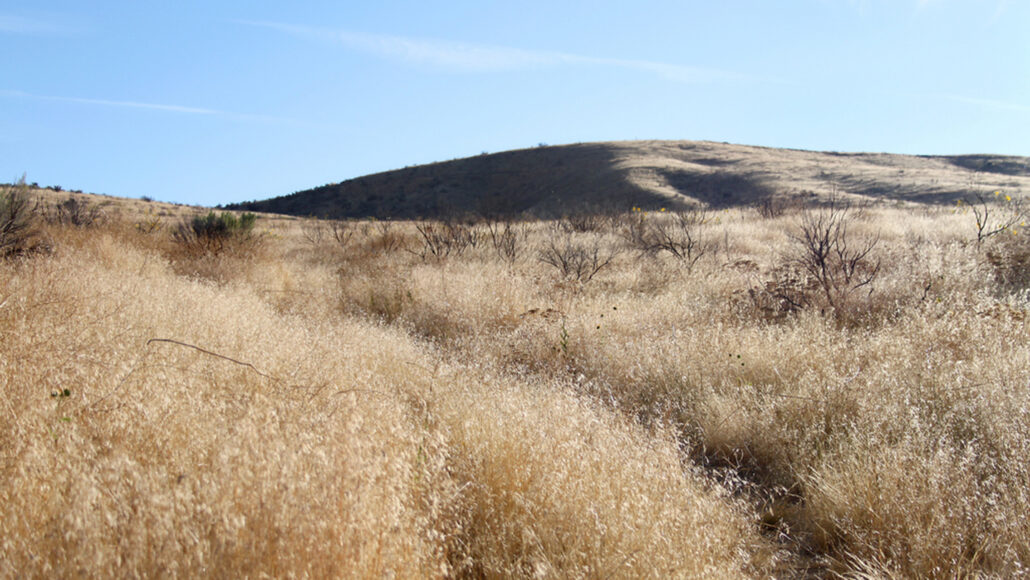HOME
Invasive grasses are taking over the American West’s sea of sagebrush

No one likes a cheater, especially one that prospers as easily as the grass Bromus tectorum does in the American West. This invasive species is called cheatgrass because it dries out earlier than native plants, shortchanging wildlife and livestock in search of nutritious food.
Unfortunately for those animals and the crowded-out native plants, cheatgrass and several other invasive annual grasses now dominate one-fifth of the Great Basin, a wide swath of land that includes portions of Oregon, Nevada, Idaho, Utah and California. In 2020, these invasive grasses covered more than 77,000 square kilometers of Great Basin ecosystems, including higher elevation habitats that are now accessible to nonnative plants due to climate change, researchers report November 17 in Diversity and Distributions.
This invasion of exotic annual grasses is degrading one of North America’s most imperiled biomes: a vast sea of sagebrush shrubs, wildflowers and bunchgrasses where pronghorn and mule deer roam and where ranchers rely on healthy rangelands to raise cattle.
What’s more, these invasive grasses, which are highly flammable when dry, are also linked to more frequent and larger wildfires. In parts of Idaho’s Snake River Plain that are dominated by cheatgrass, for example, fires now occur every three to five years as opposed to the historical average of 60 to 110 years. From 2000 to 2009, 39 out of 50 of the largest fires in the Great Basin were associated with cheatgrass.
News Source